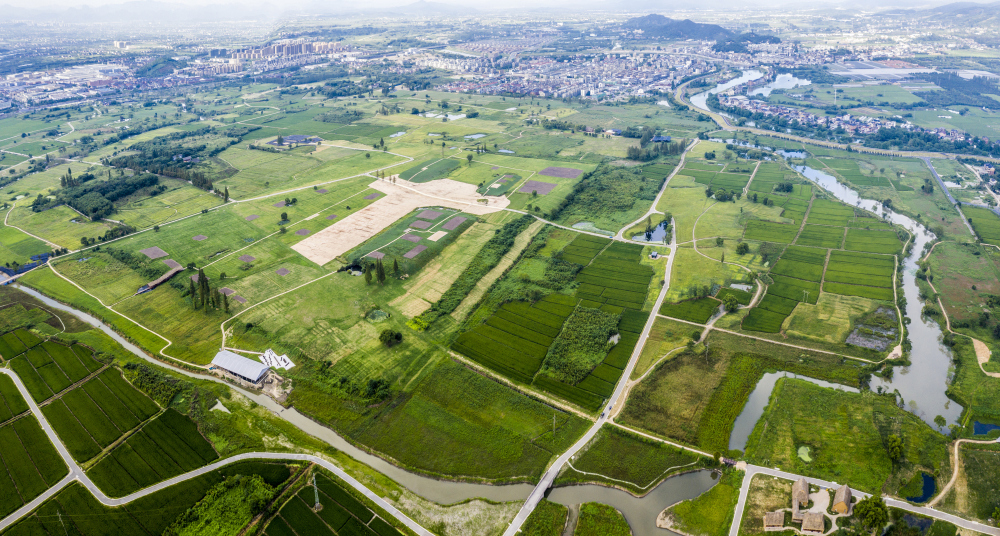
The Site shows a political, economic, cultural and religious center of the prehistoric Liangzhu Culture (3300B.C.-2300B.C.) of China. The Site, with its magnificent scale, the idea of selecting the site that is embraced by mountain and river, construction of the city with stone, the water system linking both inner and outer parts of the city, the spatial hierarchy between different settlements, and the facilities of a city shown by the foundations of large structures, presents the supreme achievements made by the late Neolithic settlement civilization in the Yellow River and Yangtze River basins.
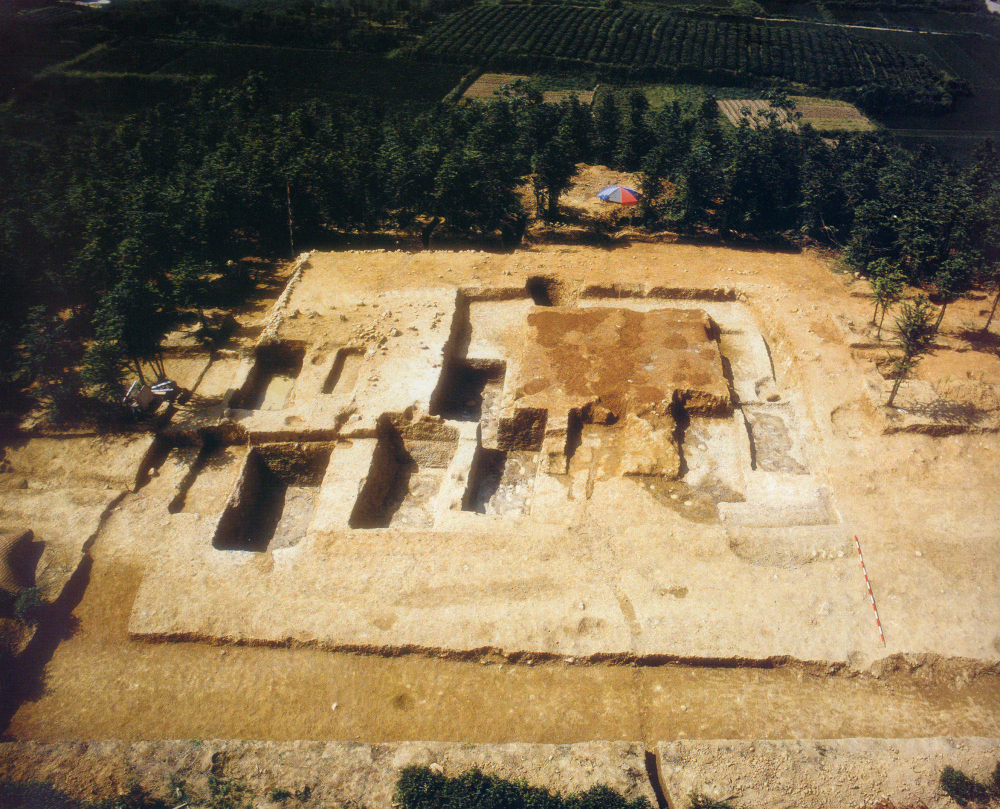
The types, functions, patterns and rules of using jade wares excavated from Fanshan and Yaoshan Altar-Tomb Sites reveal the origin of the fundamental feature of a country in the early period of Chinese civilization, namely “ritual and military affairs are the base of a nation”, and the significance in the consequent “ritual” culture throughout the 5,000 years’ civilization of China.
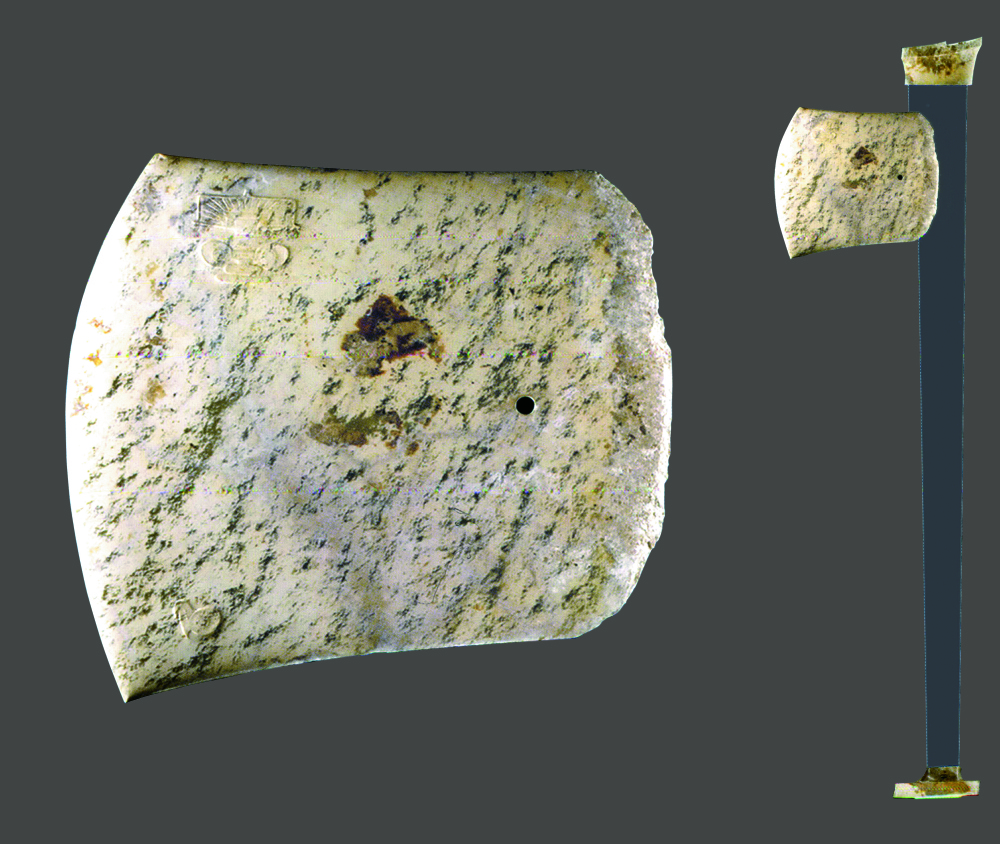
The unearthed jade wares are of incomparable significance all around the world in terms of cultural meaning and technique; in particular, the “King of Cong (a jade piece in square shape with a hole in the middle)” with the most typical “deity and animal mask pattern” of Liangzhu jade ware exhibits the religious features of the agricultural civilization in the Yellow River and Yangtze River basins.
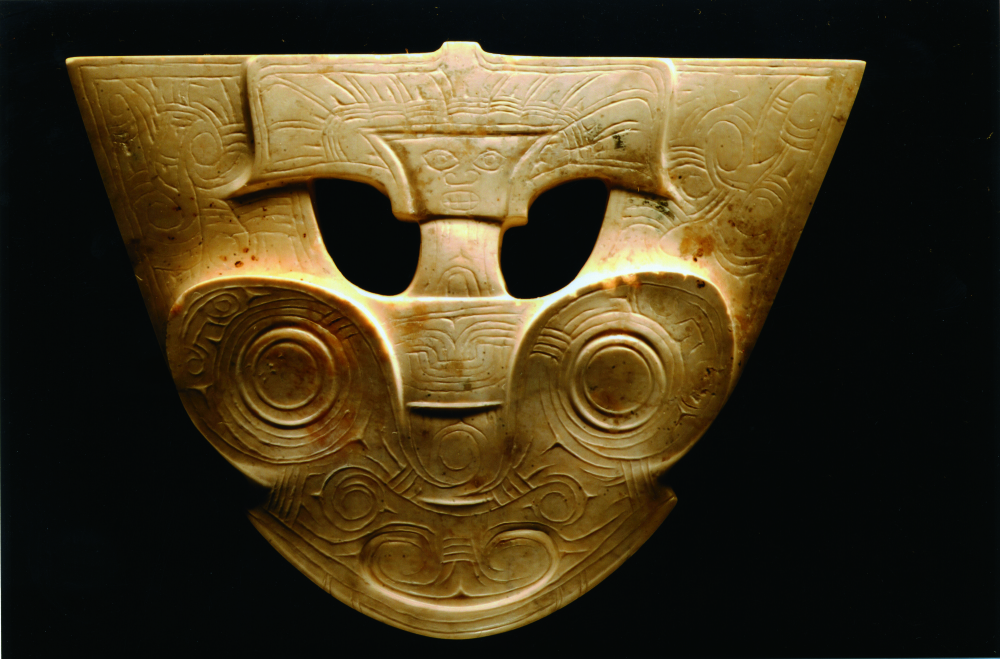
The Site explains the supreme achievements of rice agriculture in the initial stage of Chinese civilization, exhibits the Liangzhu Culture with far-reaching significance in the 5,000-year development of Chinese civilization, and is the evidence for the “diverse and integral” development of Chinese civilization. It is an outstanding representative of large settlement sites in East Asia along the history of human civilization and is well preserved with authenticity and integrity.
Liangzhu Archaeological Site meets Criteria (ii), (iv) and (vi) for inscription on the World Heritage List.
Criterion (ii): The Liangzhu Culture represented by the Liangzhu Archaeological Site was of far-reaching and long-lasting significance in the initial and early stages of Chinese civilization, and played an outstanding role in the 5,000- year development of Chinese civilization.

Criterion (iv): The Site shows a political, economic, cultural and religious center of the prehistoric Liangzhu Culture(3300B.C.-2300B.C.) of China. The Site, with its magnificent scale, the idea of selecting the site that embraces the foundations of large structures, presents the supreme achievements made by the late Neolithic settlement civilization in the Yellow River and Yangtze River basins. The types, functions, patterns and application of jade wares excavated from Fanshan and Yaoshan Altar-Tomb Sites reveal the origin of the fundamental feature of a country in the early period of Chinese civilization, namely “ritual and military affairs are the base of a nation”. It is an outstanding representative of large settlement sites in East Asia along the history of human civilization.
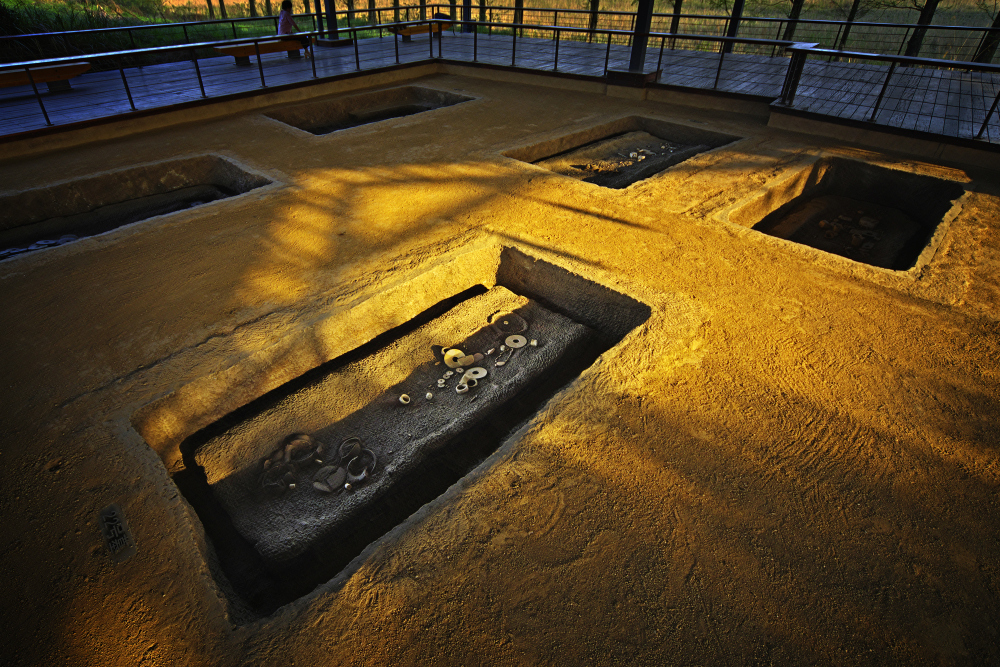
Criterion (vi): The shape, function, design and pattern of the jade Cong excavated from Liangzhu Archaeological Site reveal the origin of the “ritual” culture throughout the 5,000 years’ civilization of China; the most typical “deity and animal mask pattern” of Liangzhu jade ware exhibits the religious features of the agricultural civilization in the Yellow River and Yangtze River basins.
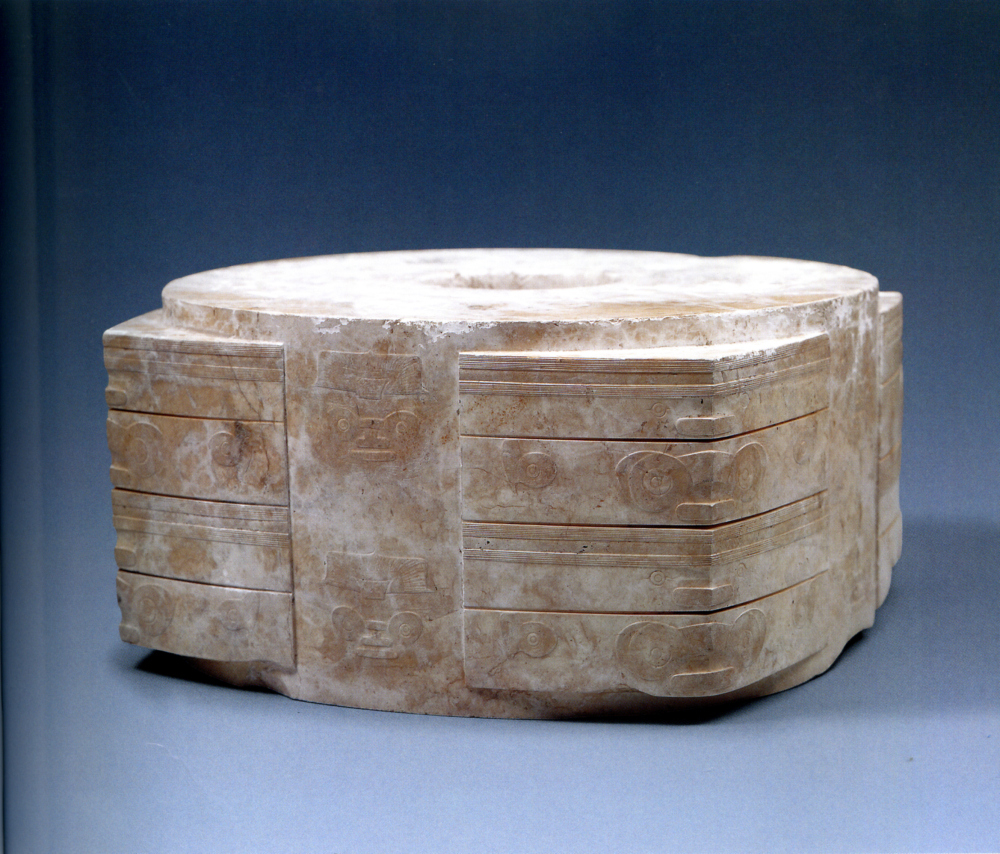
(Executive Editor: Liu LIU)